
漢德百科全書 | 汉德百科全书
 Chile
Chile
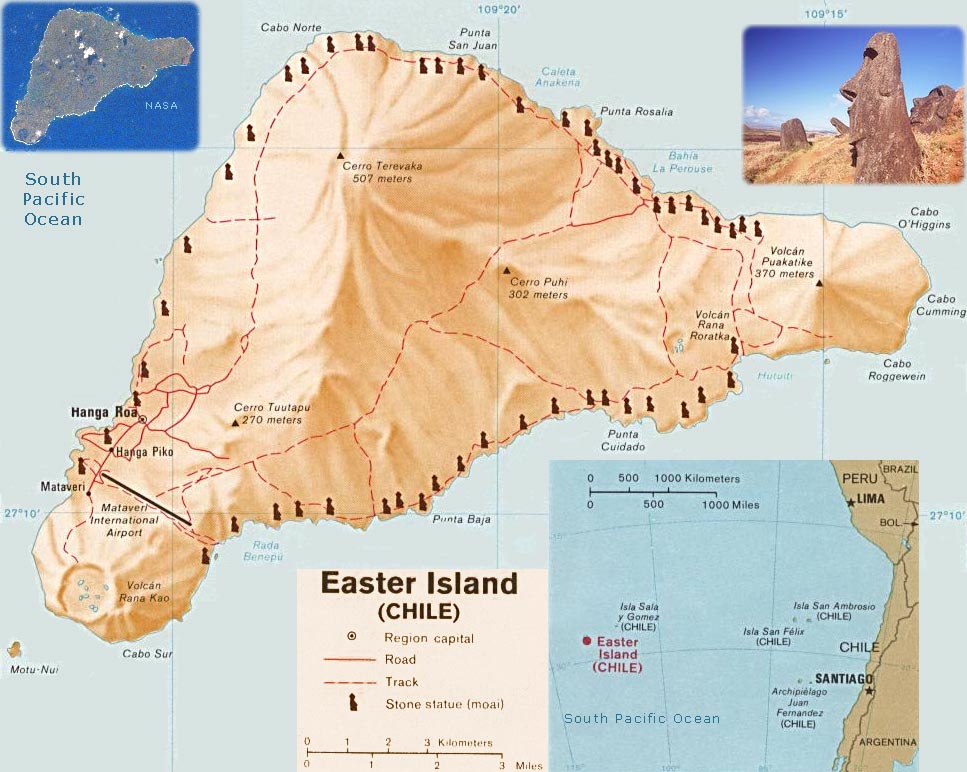


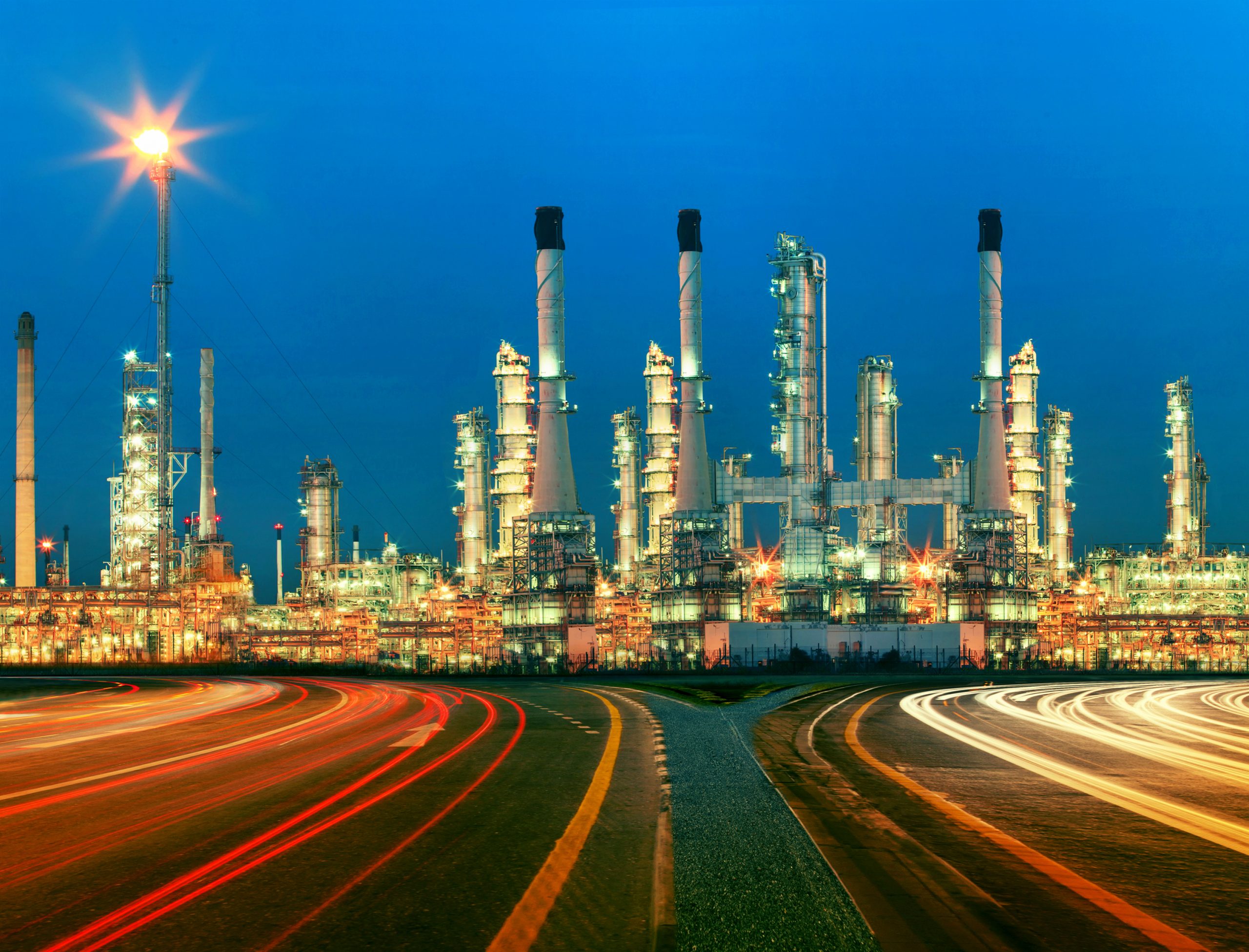

Veranstaltungen Spiele der chilenischen Fußballnationalmannschaft Campeonato Sudamericano 1941 Campeonato Sudamericano 1945 Campeonato Sudamericano de Campeones (1948) Basketball-Weltmeisterschaft der Damen 1953 Campeonato Sudamericano 1955 Endspiel der Copa Chile 1958, 1959, 1974, 1975, 1977, 1979, 1980, 1981, 1982, 1983, 1988, 1989, 1990, 1991, 1992, 1993, 1994, 1995, 1998, 2000, 2016 Basketball-Weltmeisterschaft der Herren 1959 Fußball-Weltmeisterschaft 1962 Finalspiele der Copa Libertadores 1965, 1966, 1967, 1974, 1976, 1982, 1987, 1993 Finale im Tennis-Davis Cup 1976 Südamerikaspiele 1986 Junioren-Fußballweltmeisterschaft 1987 Copa América 1991 Leichtathletik-Juniorenweltmeisterschaften 2000 Finalrückspiel der Copa Sudamericana 2006 Südamerikaspiele 2014 Copa América 2015 Panamerikanische Spiele 2023
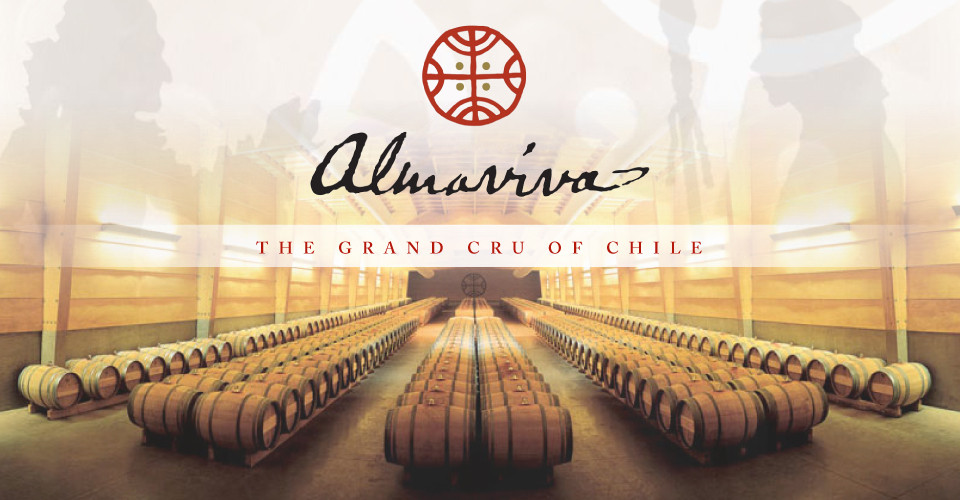

Feuerland (spanisch Tierra del Fuego („Land des Feuers“), früher Magellanica (nach Ferdinand Magellan)) ist eine Inselgruppe an der Südspitze Südamerikas. Vom Festland ist sie durch die Magellanstraße getrennt. Die Inselgruppe hat eine Landfläche von 73.746 km²; davon entfallen 47.000 km² auf die Hauptinsel Isla Grande de Tierra del Fuego. Feuerland wurde 1881 durch den Meridian 68° 36′ westlicher Länge in einen östlichen Teil für Argentinien (heute die Provinz Tierra del Fuego) und einen westlichen Teil für Chile (heute die Region Magallanes) aufgeteilt. Im argentinischen Teil leben etwa 127.000 Menschen und im chilenischen Teil etwa 8000.
Bei der Erkundung der Magellanstraße 1520 fanden Magellan und seine Männer im Norden keine Siedlungen, doch im Süden der Meerenge sahen sie des Nachts vom Schiff aus viele Feuer, wie Magellans Chronist Antonio Pigafetta berichtet. Der Generalkapitän Magellan nannte das Land entsprechend „Feuerland“.
火地群岛(西班牙语:Archipiélago de Tierra del Fuego),是南美洲最南端的一个岛屿群,由主岛大火地岛及周边小岛组成,总面积73,753平方公里。其主岛大火地岛西半部以及其西、南部的全部岛屿均归属于智利境内麦哲伦-智利南极大区的火地省、智利南极省和麦哲伦省,当中南端合恩岛的合恩角是南美洲智利火地群岛南端的陆岬,广泛认为是南美洲的最南端。其余部分(即主岛东半部)则归阿根廷,并设火地省。
火地群岛北隔麦哲伦海峡与南美洲大陆相望,向南则隔世界上最宽的海峡——德雷克海峡与南极洲相望,火地岛因此也成为各国南极考察的重要基地之一。
1520年,麦哲伦在其环球航行中发现该群岛,他看见岛上的印第安人燃起了许多烟柱,于是将该群岛命名为火地群岛。他以为那是印第安人准备袭击他的船队的信号,但其实那可能仅仅是因为闪电引起的天火。
1881年,智利和阿根廷分治火地群岛并划定边界。在此之前,两国都声称拥有整个群岛的全部主权。

 Argentina
Argentina
 Brazil
Brazil
 Bulgaria
Bulgaria
 Chile
Chile
 Columbia
Columbia
 Germany
Germany
 FIFA Fussball-Weltmeisterschaft 2014
FIFA Fussball-Weltmeisterschaft 2014
 FIFA Fussball-Weltmeisterschaft 2018
FIFA Fussball-Weltmeisterschaft 2018
 FIFA Fussball-Weltmeisterschaft 2022
FIFA Fussball-Weltmeisterschaft 2022

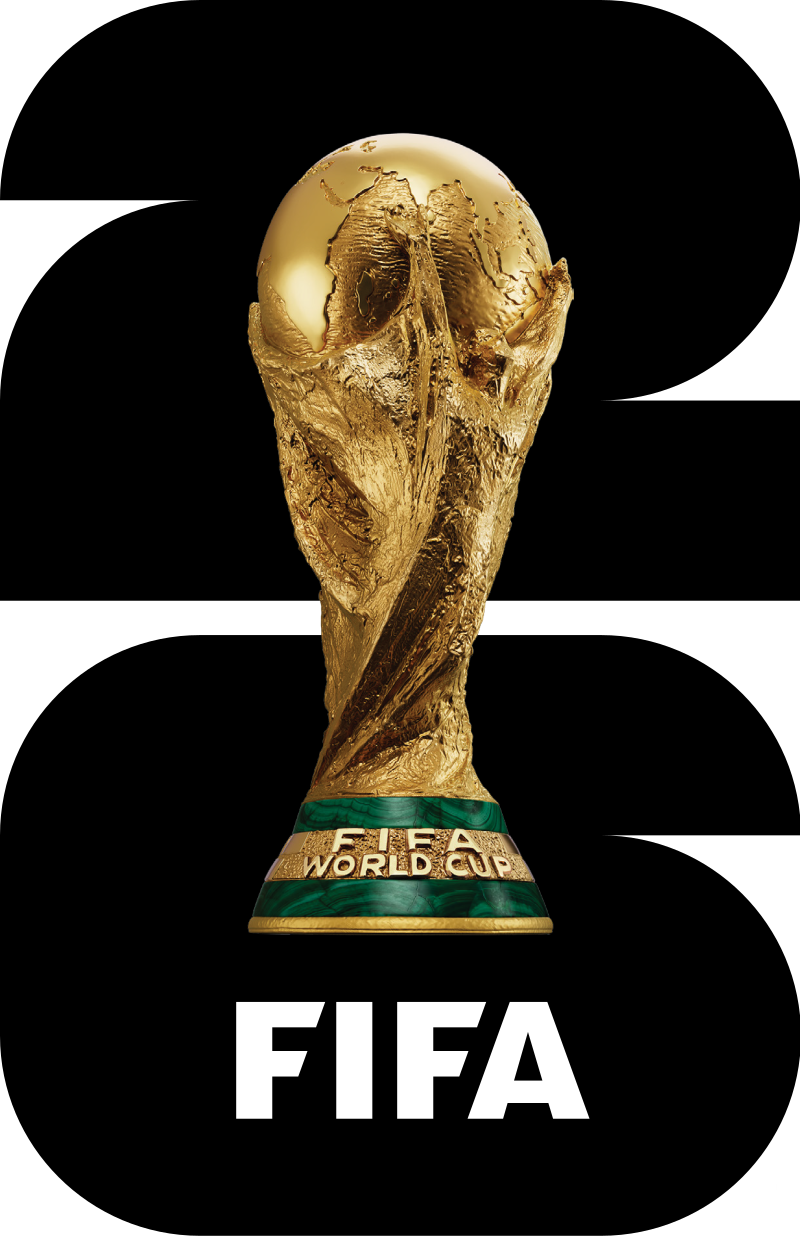 FIFA Fussball-Weltmeisterschaft 2026
FIFA Fussball-Weltmeisterschaft 2026
 FIFA WM Goldener Schuh
FIFA WM Goldener Schuh
 France
France
 Italy
Italy
 Croatia
Croatia
 Poland
Poland
 Portugal
Portugal
 Russia
Russia
 Czech Republic
Czech Republic
 Hungary
Hungary
 United Kingdom
United Kingdom

| Top goalscorer[45][46] | ||||||
|---|---|---|---|---|---|---|
| World Cup | Top goalscorer | Goals | Runners-up | Goals | Third place | Goals |
| 1930 Uruguay | 8 | 5 | 4 | |||
| 1934 Italy | 5[a] | 4 | None |
— |
||
| 1938 France | 7[b] | 5 | None |
— |
||
| 1950 Brazil | 9[c] | 5 | 4 | |||
| 1954 Switzerland | 11 | 6 | None |
— |
||
| 1958 Sweden | 13 | 6 | None |
— |
||
| 1962 Chile | 4 | None |
— |
None |
— |
|
| 1966 England | 9 | 6 | 4 | |||
| 1970 Mexico | 10 | 7 | 5 | |||
| 1974 West Germany | 7 | 5 | None |
— |
||
| 1978 Argentina[50] | 6 | 5 | 5 | |||
| Golden Shoe[44] | ||||||
| World Cup | Golden Shoe | Goals | Silver Shoe | Goals | Bronze Shoe | Goals |
| 1982 Spain | 6 | 5 | 4 | |||
| 1986 Mexico | 6 | 5 | None[51] | |||
| 1990 Italy | 6 | 5 | 4 | |||
| 1994 United States | 6 | None |
— |
5[f] | ||
| 1998 France[54] | 6 | 5 | None[g] | |||
| 2002 South Korea/Japan[55] | 8[h] | 5 | ||||
| 2006 Germany[57] | 5 | 3[i] | 3[i] | |||
| Golden Boot[44] | ||||||
| World Cup | Golden Boot | Goals | Silver Boot | Goals | Bronze Boot | Goals |
| 2010 South Africa | 5[j] | 5[j] | 5[j] | |||
| 2014 Brazil | 6 | 5 | 4[k] | |||
| 2018 Russia | 6 | 4[l] | 4[l] | |||
| 2022 Qatar | 8 | 7 | 4[m] | |||
| Notes | ||||||
|
||||||
 Australia
Australia
 Belgium
Belgium
 Chile
Chile
 Denmark
Denmark
 Germany
Germany
 Estonia
Estonia
 Finland
Finland
 France
France
 Greece
Greece
 Ireland
Ireland
 Iceland
Iceland
 Israel
Israel
 Italy
Italy
 Japan
Japan
 Canada
Canada
 Luxembourg
Luxembourg
 Mexico
Mexico
 New Zealand
New Zealand
 Netherlands
Netherlands
 Norwegen
Norwegen
 OECD
OECD
 Emiel van Lennep
Emiel van Lennep
 OECD
OECD
 Don Johnston
Don Johnston
 OECD
OECD
 Jean-Claude Paye
Jean-Claude Paye
 OECD
OECD
 José Ángel Gurría
José Ángel Gurría
 OECD
OECD
 Staffan Sohlman
Staffan Sohlman
 OECD
OECD
 Thorkil Kristensen
Thorkil Kristensen
 Austria
Austria
 Poland
Poland
 Portugal
Portugal
 Republic of Korea
Republic of Korea
 Sweden
Sweden
 Switzerland
Switzerland
 Slovakia
Slovakia
 Slovenia
Slovenia
 Spain
Spain
 Czech Republic
Czech Republic
 Turkey
Turkey
 Hungary
Hungary
 United States
United States
 United Kingdom
United Kingdom

 Important International Organizations
Important International Organizations
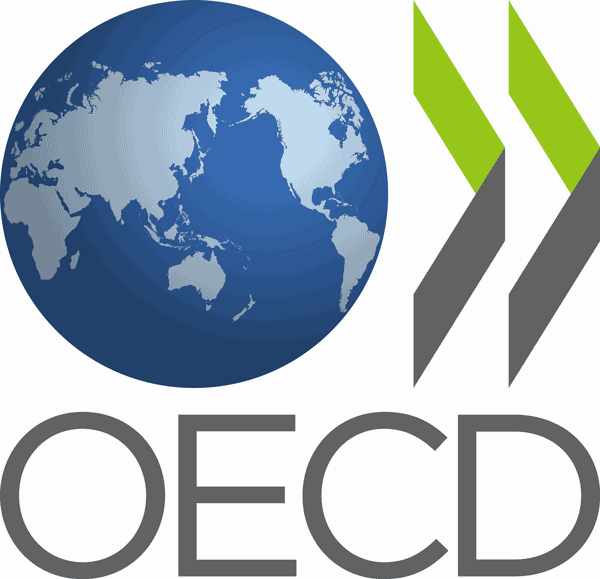
経済協力開発機構(けいざいきょうりょくかいはつきこう)は、国際経済全般について協議することを目的とした国際機関。公用語の正式名称は、英語では"Organisation[1] for Economic Co-operation and Development"(イギリス英語表記)、フランス語では"Organisation de Coopération et de Développement Economiques"。略称は英語ではOECD、フランス語ではOCDE。
本部事務局はパリ16区の旧ラ・ミュエット宮殿に置かれている。事務総長はアンヘル・グリア。
The Organisation for Economic Co-operation and Development (OECD; French: Organisation de Coopération et de Développement Économiques, OCDE) is an intergovernmental economic organisation with 37 member countries,[1] founded in 1961 to stimulate economic progress and world trade. It is a forum of countries describing themselves as committed to democracy and the market economy, providing a platform to compare policy experiences, seek answers to common problems, identify good practices and coordinate domestic and international policies of its members. Generally, OECD members are high-income economies with a very high Human Development Index (HDI) and are regarded as developed countries. As of 2017, the OECD member countries collectively comprised 62.2% of global nominal GDP (US$49.6 trillion)[3] and 42.8% of global GDP (Int$54.2 trillion) at purchasing power parity.[4] The OECD is an official United Nations observer.[5]
In 1948, the OECD originated as the Organisation for European Economic Co-operation (OEEC),[6] led by Robert Marjolin of France, to help administer the Marshall Plan (which was rejected by the Soviet Union and its satellite states).[7] This would be achieved by allocating United States financial aid and implementing economic programs for the reconstruction of Europe after World War II. (Similar reconstruction aid was sent to the war-torn Republic of China and post-war Korea, but not under the name "Marshall Plan".)[8]
In 1961, the OEEC was reformed into the Organisation for Economic Co-operation and Development by the Convention on the Organisation for Economic Co-operation and Development and membership was extended to non-European states.[9][10] The OECD's headquarters are at the Château de la Muette in Paris, France.[11] The OECD is funded by contributions from member countries at varying rates and had a total budget of €386 million in 2019.[2]
Although OECD does not have a power to enforce its decisions, which further require unanimous vote from its members, it is recognized as highly influential publisher of mostly economic data through publications as well as annual evaluations and rankings of members countries.[12]
L'Organisation de coopération et de développement économiques (OCDE) est une organisation internationale d'études économiques, dont les pays membres — des pays développés pour la plupart — ont en commun un système de gouvernement démocratique et une économie de marché. Elle joue essentiellement un rôle d'assemblée consultative1.
L'OCDE a succédé à l'Organisation européenne de coopération économique (OECE) issue du plan Marshall et de la Conférence des Seize (Conférence de coopération économique européenne) qui a existé de 1948 à 1960. Son but était l'établissement d'une organisation permanente chargée en premier lieu d'assurer la mise en œuvre du programme de relèvement commun (le plan Marshall), et, en particulier, d'en superviser la répartition2.
En 2020, l'OCDE compte 37 pays membres et regroupe plusieurs centaines d'experts. Elle publie fréquemment des études économiques et sociales — analyses, prévisions et recommandations de politique économique — et des statistiques, principalement concernant ses pays membres.
Le siège de l'OCDE se situe à Paris (16e), au château de la Muette. L'organisation possède également des bureaux dans plusieurs autres métropoles, notamment à Berlin, Mexico, Tokyo et Washington.
L'Organizzazione per la cooperazione e lo sviluppo economico (OCSE) – in inglese Organization for Economic Co-operation and Development (OECD), e in francese Organisation de coopération et de développement économiques (OCDE) – è un'organizzazione internazionale di studi economici per i paesi membri, paesi sviluppati aventi in comune un'economia di mercato.
L'organizzazione svolge prevalentemente un ruolo di assemblea consultiva che consente un'occasione di confronto delle esperienze politiche, per la risoluzione dei problemi comuni, l'identificazione di pratiche commerciali e il coordinamento delle politiche locali e internazionali dei paesi membri[1]. Ha sede a Parigi nello Château de la Muette[2].
Gli ultimi paesi ad aver aderito all'OCSE sono la Colombia (28 aprile 2020),la Lettonia (1º luglio 2016) e la Lituania (5 luglio 2018), per un totale di 36 paesi membri.
La Organización para la Cooperación y el Desarrollo Económico1 (OCDE) es un organismo de cooperación internacional, compuesto por 37 estados,34 cuyo objetivo es coordinar sus políticas económicas y sociales. La OCDE fue fundada en 1961 y su sede central se encuentra en el Château de la Muette en París (Francia). Los idiomas oficiales de la entidad son el francés y el inglés.2
En la OCDE, los representantes de los países miembros se reúnen para intercambiar información y armonizar políticas con el objetivo de maximizar su crecimiento económico y colaborar a su desarrollo y al de los países no miembros.
Conocida como «club de los países ricos»,56 a partir de 2017, sus países miembros comprendieron colectivamente el 62,2 % del PIB nominal global (US$49,6 billones) y el 42,8 % del PIB global (Int US$54,2 billones).7
Организа́ция экономи́ческого сотру́дничества и разви́тия (сокр. ОЭСР, англ. Organisation for Economic Co-operation and Development, OECD) — международная экономическая организация развитых стран, признающих принципы представительной демократии и свободной рыночной экономики.
Создана в 1948 году под названием Организа́ция европе́йского экономи́ческого сотру́дничества (англ. Organisation for European Economic Co-operation, OEEC) для координации проектов экономической реконструкции Европы в рамках плана Маршалла.
Штаб-квартира организации располагается в Шато де ла Мюетт, в Париже. Генеральный секретарь (с 2006 года) — Хосе Анхель Гурриа Тревиньо (Мексика). Руководящим органом ОЭСР является совет представителей стран — членов организации. Все решения в нём принимаются на основе консенсуса.
По данным на 2011 год, в странах ОЭСР проживало 18 % населения мира[2].
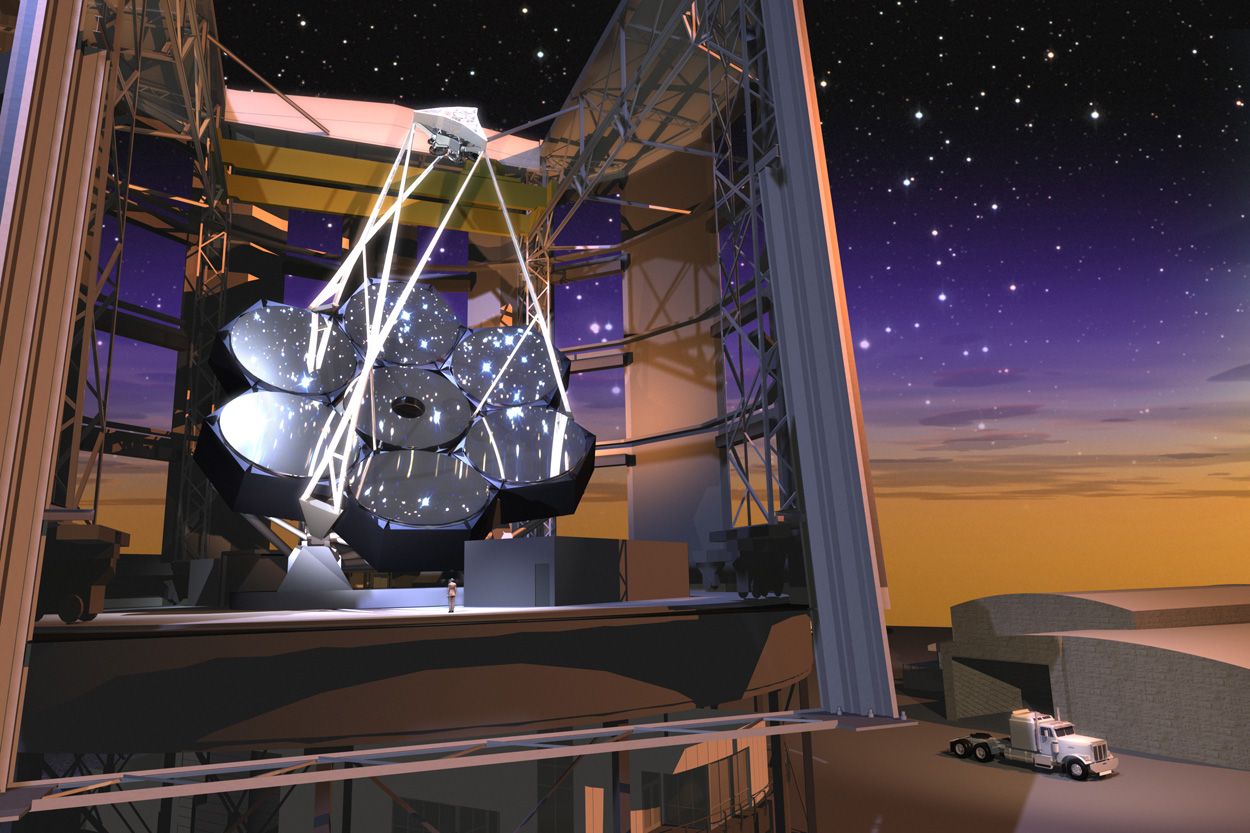
The Giant Magellan Telescope (GMT) is a ground-based extremely large telescope under construction, planned for completion in 2025.[1] It will consist of seven 8.4 m (27.6 ft) diameter primary segments,[2] that will observe optical and near infrared (320–25000 nm[3]) light, with the resolving power of a 24.5 m (80.4 ft) primary mirror and collecting area equivalent to a 22.0 m (72.2 ft) one,[4] which is about 368 square meters.[5] (7×8.365 m) The telescope is expected to have the resolving power 10 times greater than the Hubble Space Telescope, and will be the largest optical observatory in the world, at the time of its first light. As of December 2015, four mirrors have been cast and the construction of the summit facility has begun.[6][7]
A total of seven primary mirrors are planned, but it will begin operation with four.[8][9] The $1 billion project is US-led in partnership with Australia, Brazil, and South Korea, with Chile as the host country.
Le télescope géant Magellan (en anglais Giant Magellan Telescope, en abrégé GMT) est un projet de télescope terrestre dont la livraison est prévue pour 20223 . Il sera constitué de sept miroirs primaires de 8,4 m de diamètre4, avec la résolution spatiale d'un miroir primaire de 24,5 m de diamètre et une surface collectrice équivalente à celle d'un miroir de 21,4 m5, ce qui en fait un des trois télescopes extrêmement grands. Ce télescope a une surface collectrice quatre fois supérieure au plus grand télescope actuel (2010).
Il Giant Magellan Telescope (GMT) è un telescopio di elevate prestazioni in fase di costruzione, la cui ultimazione è prevista entro il 2025.[5]
Sarà costituito da sette telescopi riflettori di 8,4 metri di diametro, installati presso l'Osservatorio di Las Campanas, in Cile.
Il nome è stato scelto per analogia coi due Telescopi Magellano già operativi a Las Campanas.
Il primo specchio, realizzato presso l'Osservatorio Steward, in Arizona, è stato ultimato in autunno 2012[6] e dislocato in un sito temporaneo in attesa del trasporto a Las Campas a settembre 2017[7].
El Telescopio Gigante de Magallanes (TGM o GMT en inglés) es un proyecto de telescopio terrestre de grandes dimensiones planeado para completarse en 2020. Se compondrá de siete segmentos primarios de 8,4 metros de diámetro, con el poder de resolución de un espejo primario de 24,5 metros de diámetro y la superficie de recolección de 22 metros. Se espera que tenga más de 5-10 veces la capacidad de captación de luz de los instrumentos existentes. Ya se han producido cuatro de los siete espejos y la cima de la montaña está preparada para la construcción. El astrónomo jefe encargado del proyecto es Mark M. Phillips.
Гигантский Магелланов телескоп (англ. Giant Magellan Telescope; ГМТ) — наземный телескоп, строительство которого намечено завершить в 2022 году[2]. Телескоп начнёт производить первые измерения в 2024 году, а полностью функциональным станет в 2026.
В качестве собирающего свет элемента будет использоваться система из семи первичных зеркал диаметром 8,4 м[3] и весом 20 тонн каждое[4]. Суммарная апертура телескопа будет соответствовать телескопу с зеркалом диаметром 24,5 м[5]. Ожидается, что телескоп вчетверо превысит способность собирать свет по сравнению с крупнейшими на данный момент. ГМТ будет иметь разрешающую способность в 10 раз выше, чем у телескопа Хаббла. Благодаря ГМТ астрономы смогут открывать экзопланеты и получать их спектры, изучать свойства неуловимых тёмной материи и тёмной энергии.
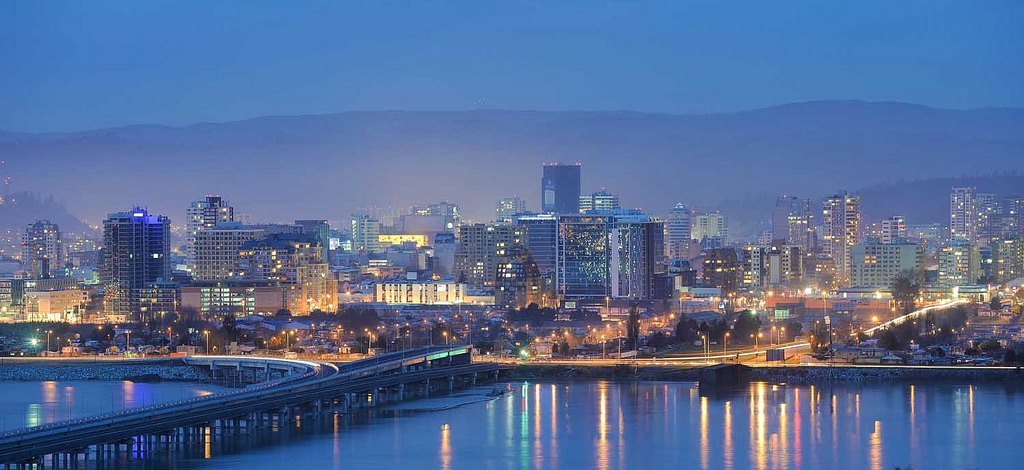
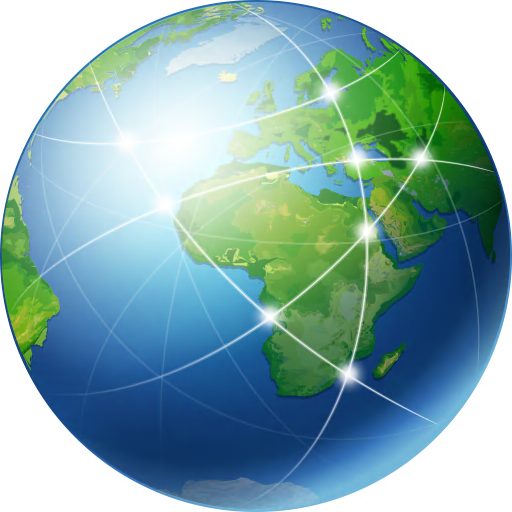 Geography
Geography
 Eat and Drink
Eat and Drink
 Party and government
Party and government
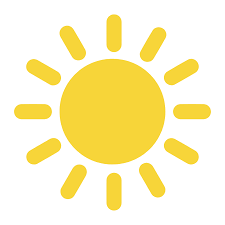 Energy resource
Energy resource
 Architecture
Architecture
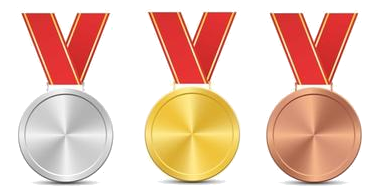 Sport
Sport
 Economy and trade
Economy and trade
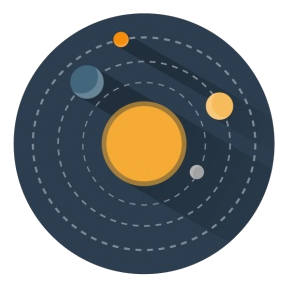 Astronomy
Astronomy
 History
History

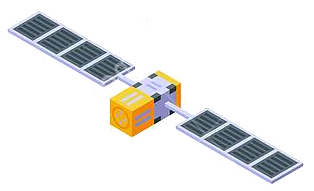
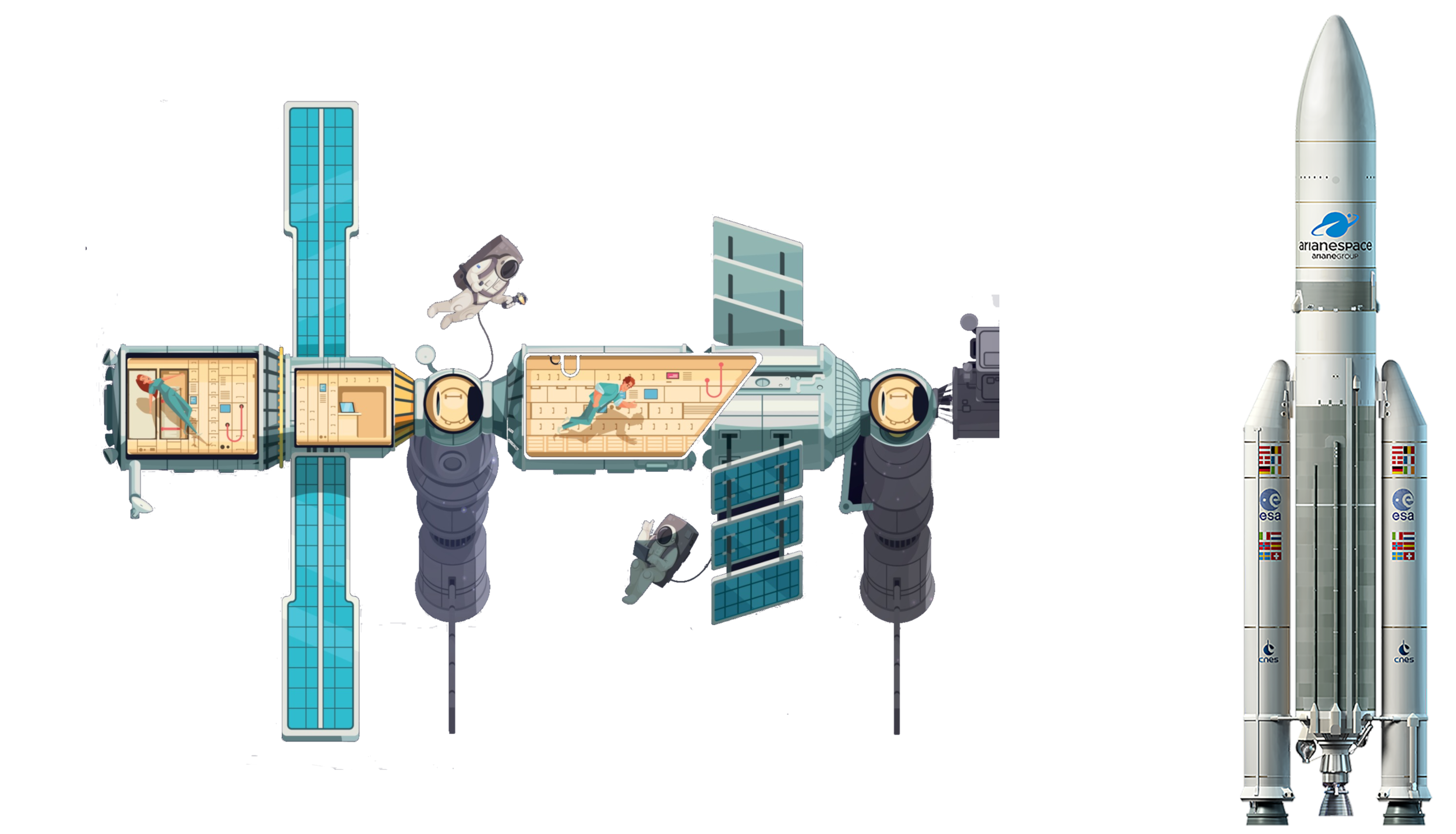 Aerospace
Aerospace
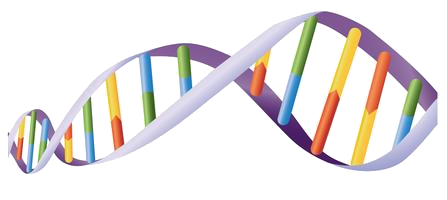 Science and technology
Science and technology
 International cities
International cities